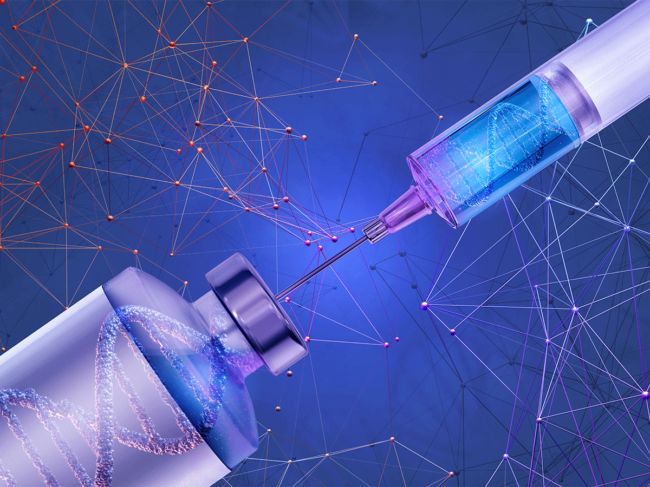
Drug design, drug delivery and technologies, BioWorld
Drug Design, Drug Delivery & Technologies
Zinc finger approach mutes the epigenome to reduce cholesterol
Read MoreBio-IT World Conference & Expo Europe
Is AI on the way to designing drugs? Astrazeneca thinks so
Read MoreDrug Design, Drug Delivery & Technologies









